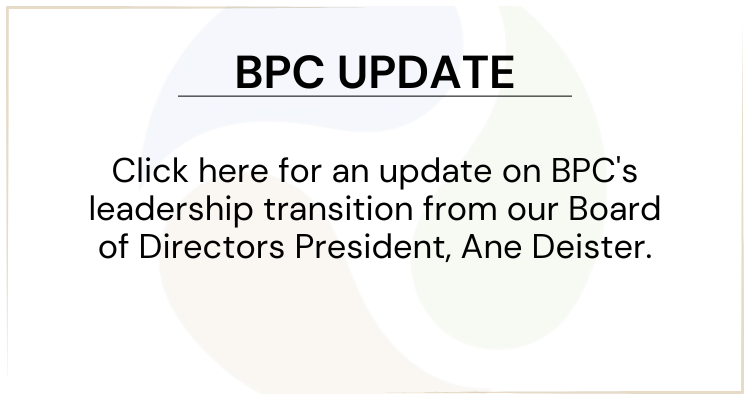Several prominent Fed governors have tried in recent weeks to prepare markets for a near-term 0.25 percentage point rate hike, citing a robust labor market and the approach of full-employment as reasons to start lifting rates again. Job openings hit a new record high of 5.875 million in July, and initial claims were at an exceptionally low 259K last week with the 4-week average dropping to a lean 261K.
In the next breath, they talk about a lower neutral Fed funds rate than we have seen in the past. The neutral Fed funds rate is a policy rate that neither accelerates price inflation nor stifles it. This rhetoric suggests another scaling-back of median FOMC rate hike expectations for 2017 and 2018 in the “dot-plot” that gets released along with the September FOMC Meeting.
Janet Yellen gave her two cents at the Fed’s annual Jackson Hole meeting stating that “the case for interest rate hikes has strengthened”. Indeed, the much-feared financial contagion from the U.K. Brexit vote has been more limited than expected so far, and early indications are U.S. GDP growth is bouncing back in the current quarter.
With all that said, we believe another rate hike from the FOMC at their September 21st meeting would be a risky policy move and premature. Here’s why.
There are already growing signs the U.S. economy may be cooling down in August into September. The U.S. economic surprise index has turned negative again over the past month, indicating that several indicators have recently underwhelmed analyst expectations. Just in the last two weeks, August payrolls, ISM Manufacturing and Service Indexes, vehicle sales, and the Labor Market Conditions Index have all missed consensus analyst expectations.
The near-term Brexit risk is behind us, but the U.S. election risk is right in front of us. The latest Beige Book from the Fed, an anecdotal report on current economic conditions was not a thrilling read. The Beige Book stated the U.S. economy was growing modestly, but with signs of slowing in some Fed districts and there are a few ominous references to the fact that the upcoming national election could already be dampening the real estate outlook. Bottom-line, the summer bounce the U.S. economy got in June and July may be short-lived.
Even with the bounce in GDP growth expected in the third quarter, it is important to take stock of where we are. The trend in U.S. GDP growth has been slower not faster growth over the past year and a half. GDP growth has been just 1.2% year-on-year through the second quarter down from 3.3% in the first quarter of 2015. Moreover, our outlook for growth does not give any reason to rush interest rates higher in September. A better case could be made to raise rates in December in our view.
Finally, the financial markets are not expecting a rate hike in September. According to Bloomberg, Fed funds futures markets are placing only a 38% probability of a Fed rate hike in September. The probability of the next rate hike occurring at the December meeting rises to 63%. The FOMC does not want to surprise markets and in the past has liked these probabilities to be between 80% and 100%, before they raise rates. In short, a September rate hike from the Fed appears to be a high-bar to clear.
To find out more, check out this week’s U.S. Outlook Report.
Tags: economy, FOMC, job market, US outlook

